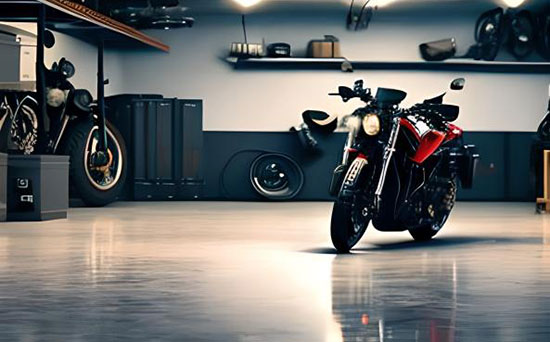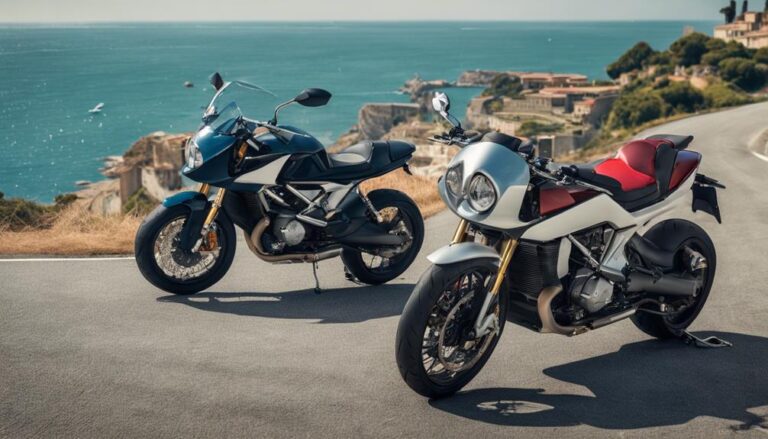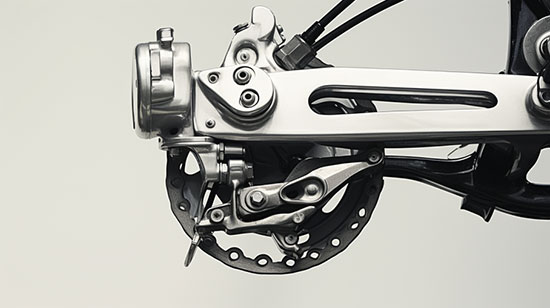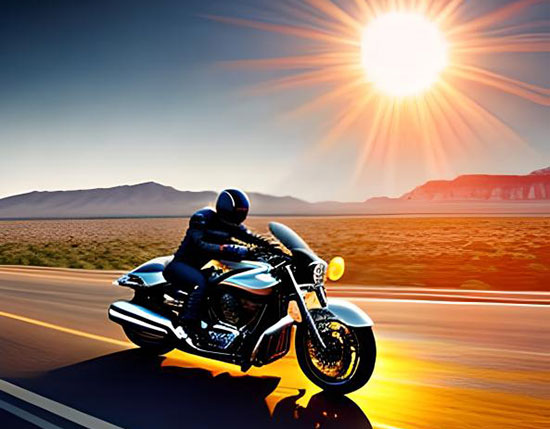You’d think this motorcycle brand was playing musical chairs the way it’s changed hands over the years.
In a calm and collected manner, let’s ponder why a company, once roaring down the highway of success, now passes the ownership baton as if it’s a hot potato. Factors such as financial instability, strategic acquisitions, and the relentless march of market evolution play starring roles. But there’s more beneath the surface.
How have leadership changes and the quest for brand reinvention influenced this game of pass-the-parcel? Stick around, and let’s peel back the layers together, uncovering the truths hidden in the engine’s roar.
Contents
Financial Instability

Financial instability has consistently plagued this motorcycle brand, leading to a carousel of ownership changes. In the motorcycle industry, maintaining profitability and sales is crucial for survival. Yet, this brand’s journey has been marred by declining sales and a dwindling bottom line, making it a challenging venture for any owner.
Previous custodians have grappled with turning the tide, only to be stymied by high debt levels and operational inefficiencies. These financial hurdles haven’t just affected the brand’s stability; they’ve necessitated a series of ownership transfers.
Each new owner steps in with the hope of infusing the necessary capital and expertise, aiming to correct the course in a turbulent motorcycle industry landscape.
Yet, the cycle of financial instability continues, underscoring the brand’s precarious position.
Strategic Acquisitions
Amid ongoing financial struggles, strategic acquisitions have emerged as a lifeline, offering this motorcycle brand new directions and opportunities for a resurgence. As you delve into the saga of ownership changes, it’s clear that each acquisition wasn’t just a sale—it was a pivotal moment, reshaping the brand’s destiny.
These strategic moves were driven by a desire to expand portfolios and market presence, introducing varied management styles and strategies that significantly influenced the brand’s trajectory.
The brand’s identity has been molded and remolded, reflecting the vibrancy and ruthlessness of the motorcycle industry.
Each change in ownership has been a beacon of hope, promising revitalization and innovation.
The pursuit of market dominance through these acquisitions reveals a relentless ambition, stirring a mix of admiration, concern, and intrigue.
Strategic acquisitions have undeniably been instrumental in steering this motorcycle brand through turbulent waters, offering lessons in resilience and adaptability.
Market Evolution
As you examine the landscape of motorcycle brand ownership, it’s clear that shifting consumer preferences have significantly influenced the game. Technological advancements and global economic fluctuations further compound these changes, reshaping the industry’s competitive terrain.
These elements collectively signal a complex evolution in market dynamics, guiding brands through a labyrinth of strategic decisions to stay afloat and relevant.
Shifting Consumer Preferences
In the evolving motorcycle market, changing consumer preferences, such as the tilt towards adventure and sport bikes, are reshaping brand dynamics. As a motorcycle maker, recognizing these shifts is crucial.
The demand for advanced technology, performance, and versatility isn’t just a trend; it’s a clear signal from consumers about what they expect in their rides. Younger, more diverse audiences are entering the market, bringing with them a fresh perspective on what a motorcycle should offer.
- The thrill of adventure beckons, drawing riders towards more versatile and performance-oriented machines.
- Innovation and technology have become not just perks, but expectations.
- A call for sustainability challenges brands to rethink and innovate beyond traditional models.
Your ability to adapt and innovate in response to these evolving preferences is what’ll set you apart in a competitive industry.
Technological Advancements Impact
Building on evolving consumer preferences, technological advancements have become a cornerstone in reshaping the motorcycle market, introducing features that redefine performance, safety, and connectivity.
Motorcycle brands that invest in research and development to integrate cutting-edge technologies like ABS, traction control, ride modes, and electronic suspension systems haven’t only enhanced the rider’s experience but also secured a competitive edge. This move towards innovation attracts tech-savvy riders, influencing their purchase decisions significantly.
Furthermore, the inclusion of connectivity, navigation systems, and smartphone integration reflects the industry’s response to the digital age, meeting changing consumer expectations head-on. The evolution in materials, manufacturing processes, and design aesthetics, driven by these technological advancements, has transformed the market landscape, solidifying brand positioning and fostering customer loyalty among motorcycle brands.
Global Economic Fluctuations
Global economic fluctuations have reshaped motorcycle brand ownership, revealing how market evolution and financial challenges play pivotal roles in this sector. Economic downturns and shifts in consumer preferences have notably impacted the stability of these brands, particularly in the American market. These changes aren’t just numbers on a page; they represent significant shifts in strategy and survival.
- Economic downturns force brands to rethink their approach, often leading to drastic changes in ownership.
- Shifts in consumer preferences in the American market challenge brands to adapt or face decline.
- The relentless pace of market evolution demands constant innovation and may lead to brand acquisitions to secure competitive edges.
Understanding these dynamics is crucial for grasping why motorcycle brands often change hands, highlighting the relentless push for adaptation and survival in a fluctuating global economy.
Leadership Changes
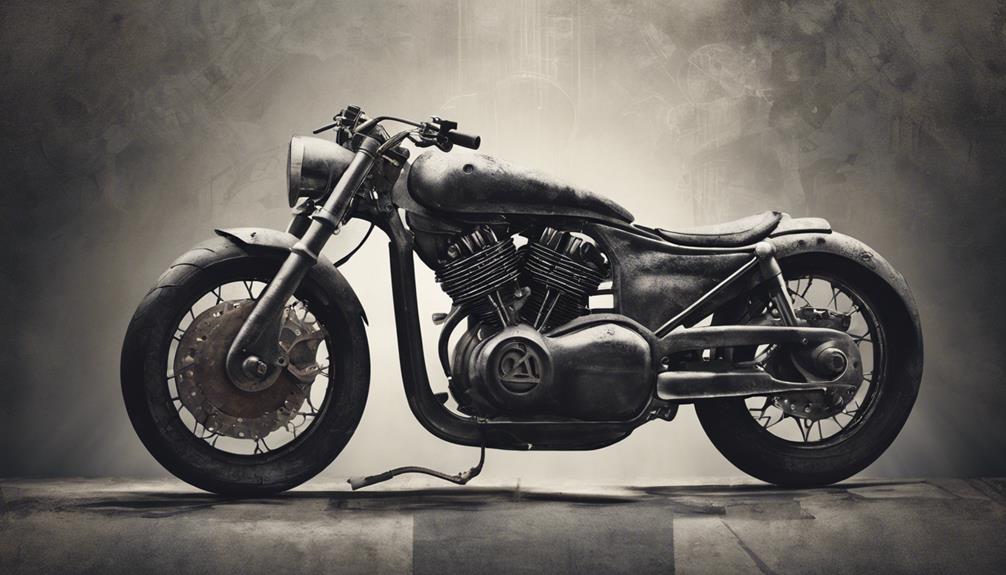
Leadership transitions within the motorcycle brand have consistently sparked shifts in both strategic direction and product innovation. With each new owner, leadership changes have led to a reevaluation of the brand’s identity and market positioning.
These frequent changes at the helm have required the brand to adapt to different corporate cultures and strategies, impacting the consistency of the brand’s image and customer loyalty. The uncertainty surrounding the brand’s future stability, due to these leadership changes, has raised concerns among customers and dealers alike.
Moreover, the brand’s ability to maintain a consistent brand image and loyal customer base has been challenged, leading to questions about its long-term viability in a competitive market.
Brand Reinvention
You’ve seen how leadership changes have shaped the motorcycle brand’s journey. Now, it’s crucial to explore how brand reinvention, through the evolution of brand identity, strategic shifts in ownership, and market positioning adjustments, has played a key role in responding to the ever-changing landscape of consumer preferences and market dynamics.
These efforts haven’t only aimed to revitalize the brand’s image but also to secure a competitive edge in the industry.
Evolution of Brand Identity
Throughout its history, the motorcycle brand has strategically navigated through multiple ownership changes, each time reinventing its identity to meet market demands and consumer preferences. This evolution of brand identity has been crucial in maintaining its relevance and appeal in a competitive landscape.
- Introducing new models to captivate the imagination of younger generations
- Updating designs to reflect contemporary aesthetics, marrying tradition with innovation
- Exploring innovative technologies to push the boundaries of performance and sustainability
These strategic moves haven’t only helped in attracting new customers but also in retaining loyal riders who’ve grown alongside the brand. By continuously evolving, the brand ensures it remains a formidable player in the motorcycle industry, adept at adapting to the ever-changing trends and preferences of its audience.
Strategic Shifts in Ownership
Frequent shifts in ownership, aimed at brand reinvention, have marked a pivotal strategy for the motorcycle brand to stay ahead in a rapidly evolving market. These transitions weren’t mere changes of hands; they were deliberate, strategic moves to breathe new life into the brand.
By bringing in different owners, each with fresh visions for innovation, the brand continually adapted to changing consumer tastes and technological advancements. This strategy has been crucial for keeping the brand relevant and enticing for those interested in buying motorcycles.
New products, advanced technologies, and revamped marketing strategies under each owner haven’t only rejuvenated the brand’s image but also expanded its appeal across diverse target demographics. Thus, these strategic ownership shifts have been instrumental in the brand’s ability to navigate the dynamic landscape of the motorcycle industry.
Market Positioning Adjustments
The strategic ownership shifts, aimed at rejuvenating the motorcycle brand, have led to significant market positioning adjustments, focusing on brand reinvention. As the brand navigated through various hands, it wasn’t just about changing logos or taglines. It was a profound transformation to stay relevant and appeal to new customer segments.
This journey included embracing evolving trends, notably the shift towards electric motorcycles, which symbolized a commitment to innovation and sustainability.
The pivot towards electric motorcycles marked a bold step into the future, resonating with environmentally conscious riders.
Redefining the brand identity attracted a diverse, younger demographic looking for more than just tradition.
Refreshed marketing strategies created a buzz, sparking curiosity and reigniting passion among motorcycle enthusiasts.
These adjustments weren’t just changes; they were strategic moves to ensure the brand’s survival and relevance in a rapidly evolving market.
Global Expansion Challenges
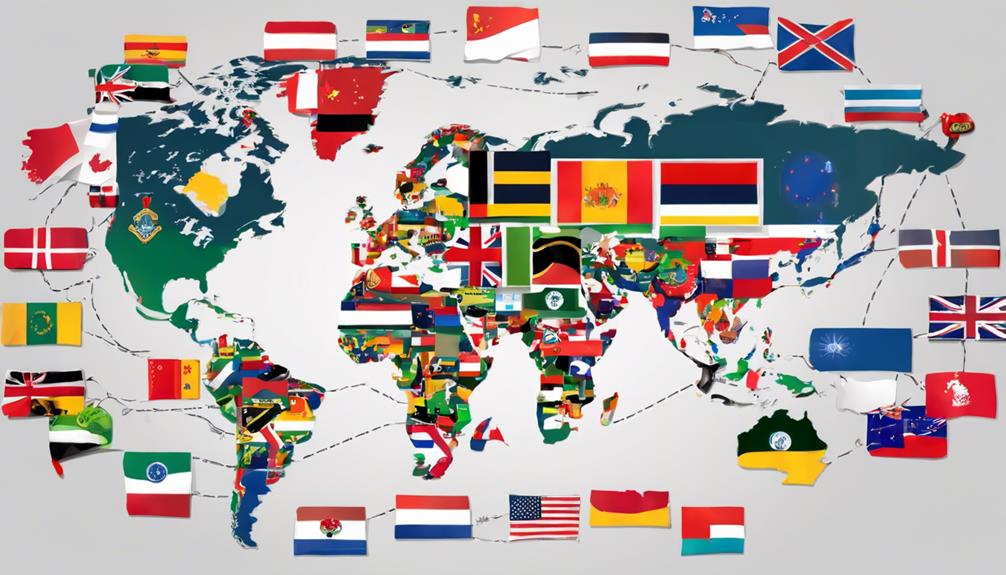
Navigating global expansion, the motorcycle brand encountered significant hurdles due to market diversity and stringent regulations. Differentiating market demands and complex regulations across countries presented a formidable challenge.
Owners, over time, grappled with adapting the brand, including models like the Yamaha YZF-R, to meet varied international tastes and legal requirements. This struggle was compounded by cultural differences and discrepancies in brand positioning, which further hindered success in new regions.
Inadequate localization strategies and a lack of deep brand understanding led to difficulties in penetrating foreign markets effectively. These ownership changes were a direct result of unsuccessful efforts to establish a strong global presence and resonate with international customers, showcasing the brand’s ongoing challenges in global expansion.
Conclusion
You’ve seen how this motorcycle brand has changed hands frequently due to a mix of financial instability, strategic acquisitions, and the need to evolve with the market. Leadership shifts and the push for brand reinvention have played pivotal roles. Additionally, tackling global expansion has presented its own set of challenges.
It’s clear that adapting to changing consumer preferences and technological advancements is crucial for survival in this dynamic industry, underscoring the importance of agility and forward-thinking strategies for any brand aiming to thrive.

